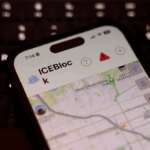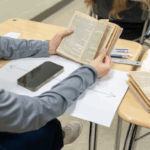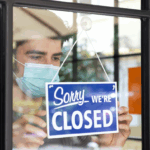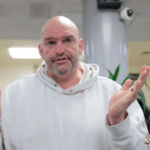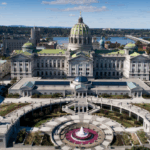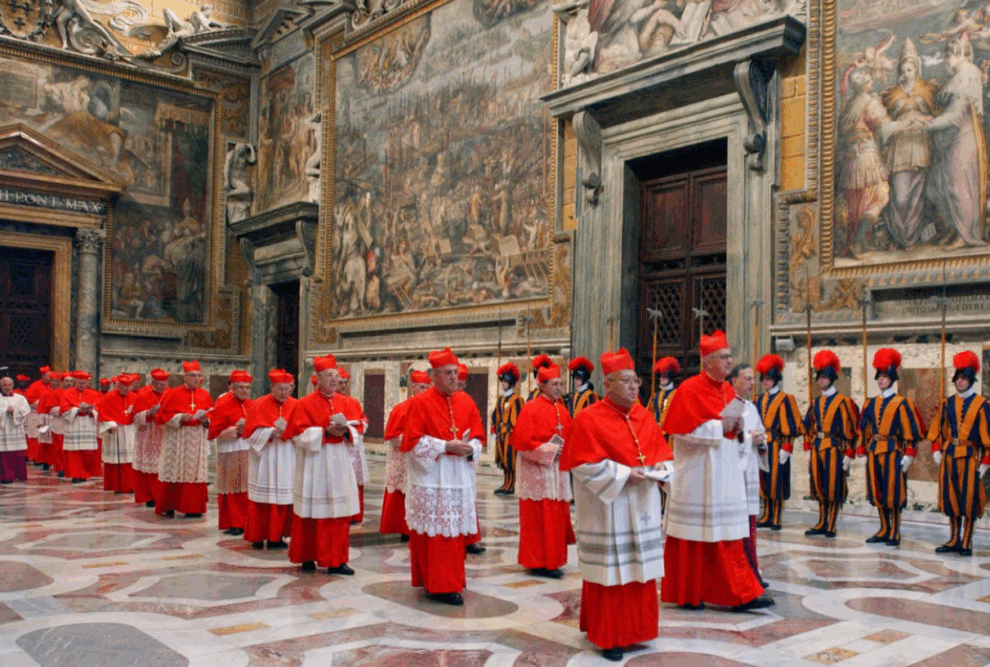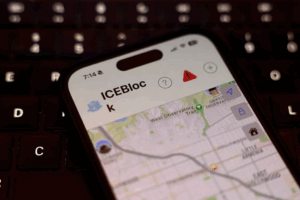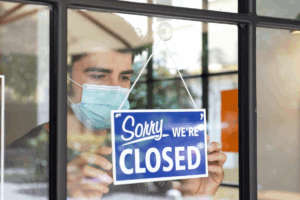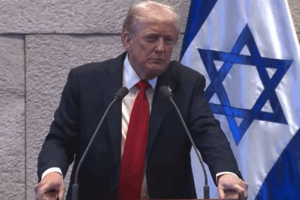May 7th marks the beginning of the Papal Conclave, a gathering of international Cardinals who will determine the successor of Pope Francis I in his role as Supreme Pontiff of the Catholic Church.
During the twelve days that have elapsed since Pope Francis I’s funeral, cardinals have travelled to Rome from across the world for the conclave which will officially commence on May 7 at 10:30 EST. 133 of the 252 cardinals are under the age of 80 and thus eligible to vote for the 266th successor in the 2000 years since Peter the Apostle, the first Pope. The 2025 elections are unique as they occur during a Jubilee year in the Catholic Church. Moreover, May 20th will mark the 1,699th anniversary of the Council of Nicea, which established the Nicene Creed, a proclamation of basic doctrine that unites the diverse denominations of Christianity.
The complex procedure for electing the pope was established in 1274 via the papal document Ubi periculum. This document established what is known as the conclave, the tradition of confining the college of electors into Michaelangelo’s Sistine chapel—the papal chapel. The cardinals remain within its walls while voting until a two-thirds majority has succeeded in filling the vacant seat. When retiring for meals and sleep, the cardinals will remain in strict confinement and isolation within the Vatican’s secure conclave zone.
Prior to the formal procession into the Sistine Chapel, during which a litany of the saints and ancient Latin hymns of the Catholic church are intoned, a mass was celebrated in Saint Peter’s Basilica by the Dean of the College of Cardinals, Giovanni Battista Re. In his homily message, he reminded the cardinals that all personal considerations must be put aside in favor of the needs of the church in light of the “greatness of the responsibility of placing the ‘supreme keys’ in the correct hands.’
Cardinal Re specifically prayed that “God will grant the Church a Pope who knows how best to awaken the consciences of all and the moral and spiritual energies in today’s society, characterized by great technological progress but which tends to forget God.”
The medieval history of the conclave began in the 13th century when the election of Pope Gregory X dragged on for a whole year. Frustrated Catholics decided to pressure the cardinals by locking them within the Palace of the Popes, keeping them on a diet of bread and water until a pope was decided upon.
In the elections of Benedict XVI in 2005 and Francis I in 2013, however, the conclave lasted for only 48 hours. The people of Rome and all those watching from outside the chapel via live stream will be updated daily by the smoke sent up from the Sistine chapel chimney. Black smoke means cardinals are still deliberating, while white smoke signals that a new pontiff has been nominated. The bells of Saint Peter’s Basilica will ring out at the appearance of the white smoke as journalists and onlookers make their way to St. Peter’s Balcony to witness the new pope’s first public appearance.
Before the cardinals may cast votes, they are required to swear an oath of secrecy on the book of the Gospels, reciting “And I, Cardinal X, do so promise, pledge, and swear. So, help me God and these Holy Gospels which I touch with my hand.” Previous to the conclave, the Sistine Chapel has been swept for recording and surveillance devices. Military-grade signal jammers are used to protect the following events to ensure that what happens in the conclave stays in the conclave.
The master of the Papal Liturgical Celebrations will then pronounce the words “Extra omnes” signaling that all except the cardinals must depart. The doors of the chapel are shut, and the Swiss guard takes its place at every entrance into the chapel.
Nine cardinals are then selected at random to perform vote overseeing and collection duties, and all votes are cast on pieces of paper and submitted in a strict order. Once the votes have been counted, they are burned.
If voting lasts more than two days, the conclave is suspended for a day of prayer and informal discussion among the cardinals. Once seven ballots have passed without a two thirds majority, votes are restricted to the top two candidates from the previous voting round. These two candidates are no longer allowed to vote.
Once a cardinal has received the required 89 votes, the new pope is recorded in an official document, he declares what name he intends to take, and he is ushered into the Room of Tears, so called because of the tradition that a cardinal only takes up the demanding papal role with extreme reluctance.
A popular adage states that he who enters the conclave aa a pope, comes out a cardinal, implying that the papacy is not a popularity war and emphasizing that ‘papal campaigning’ is forbidden. Despite this, the media has been highlighting a diverse list of prominent contenders. For the first time in history, the Catholic Church is looking at the possibility of an American, African, or Asian pope.
Likely candidates include the Roman Matteo Zuppi, a close friend of Pope Francis who participated in the peace envoys to Ukraine. Moreover, Zuppi has ties to Sant’Egidio, an influential lay catholic group for social service.
Cardinal Pietro Parolin, viewed as somewhat more moderate, shares Francis’s concerns for democracy, human rights, and humanitarian efforts. He became controversial, however, for his role in allowing the Chinese Communist Party the right to participate in the appointment of Chinese Bishops.
Also notable is the Filipino Cardinal Antonio Tagle, called “the Asian Francis,” another liberal candidate who has called for a Catholic reaction to climate change and stated that the church’s position towards homosexuals is too harsh. He is extraordinarily popular amongst Filipino Catholics–with the Times calling him a “Cardinal Influencer” — but the traditional lay catholic community have expressed hesitation and resistance towards another era of Francis’s liberalism.
With the Church’s rapidly growing presence in Africa, three African Candidates stand out: the Progressive Cardinal Peter Turkson from Ghana, the conservative Cardinal Robert Sarah from Guinea, and the traditionalist Cardinal Fridolin Ambongo Besungu from the Democratic Republic of the Congo, known for his resistance to Francis’s proposed same-sex blessing and for his critique of the Western trend towards rejecting family, children, and marriage structures.
Francis’ papacy was characterized by his progressive stances on climate change and gay marriage, as well his openess to granting key church positions to the non-ordained, and his style of listening to as opposed to leading the catholic church. The election of Cardinal Peter Erdo from Budapest, a candidate with wide poly-lingual abilities, would be a symbol of the widespread reaction against such a progressive papacy towards more traditional mores.
Finally, Cardinal Pierbattista Pizzaballa, the Latin Patriarch of Jerusalem, is a potential compromise candidate. He has successfully created relationships in the territories of Palestine, Jordan, and Cypress, and is therefore favored as a peacemaker, many hoping he would be able to draw together members of the church divided by Pope Francis’s papal legacy.

